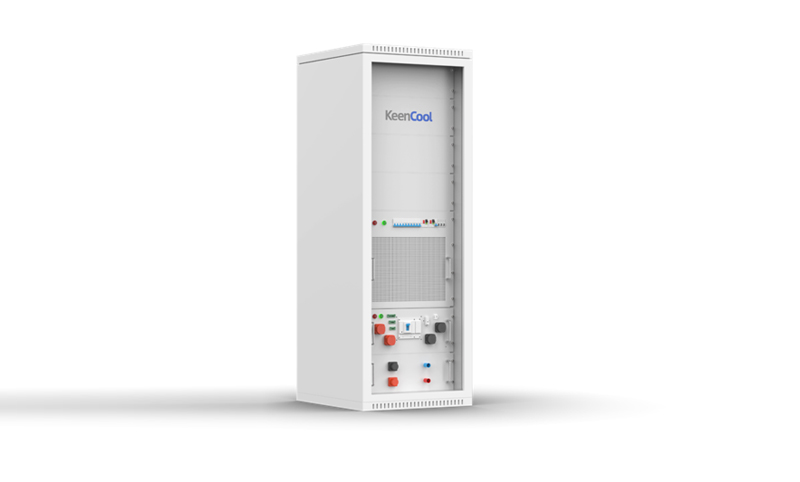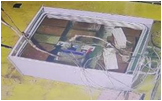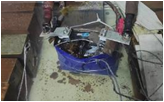
KeenCool Intelligent has developed the temperature control system of immersion liquid-coolinfg lithium battery for the energy storage scenario together with State Grid to make up for the shortage of thermal stability of lithium battery under the existing technology.
Thermal management scheme in liquid cooling environment and modular design of liquid cooling energy storage battery




CFD simulation test, prototyping and test analysis



Security testing


Uniform heat dissipation
In the traditional air-cooled lithium battery storage system, the temperature is not uniform everywhere, the battery charging and discharging efficiency and service life in the high temperature state, compared with the battery in the low temperature state, and the failure of a single battery pack or a single cell will affect the energy storage system. In KeenCool immersion liquid cooling system, the heat generated by each battery cell is taken away by the highly efficient coolant, which is rapidly transferred to the outside of the battery pack through the heat exchange system, thus maintaining each battery pack at the same temperature. In addition, KeenCool self-developed coolant circulation device ensures that there is no heat build-up in each liquid cooling battery pack, thus ensuring that the temperature of each battery cell is uniform.
Extend Life, increase capacity
With the help of an efficient temperature control system, the battery can always operate at the most efficient and safe temperature state, eliminating the risk of thermal runaway, thus maximising the service life of lithium batteries and boosting battery capacity.
Security
In the worst case scenario of a lithium cell bulge, immersion liquid cooling maximises the safety of the container. Even if the battery bulges, the safety exhaust valve opens. Flammable gases are quickly cooled down by the coolant to below the ignition point, thus ensuring that there is no open fire at the storage site and limiting the failure to a single battery pack.

 0571-88585703
0571-88585703 Contact
Contact Message
Message